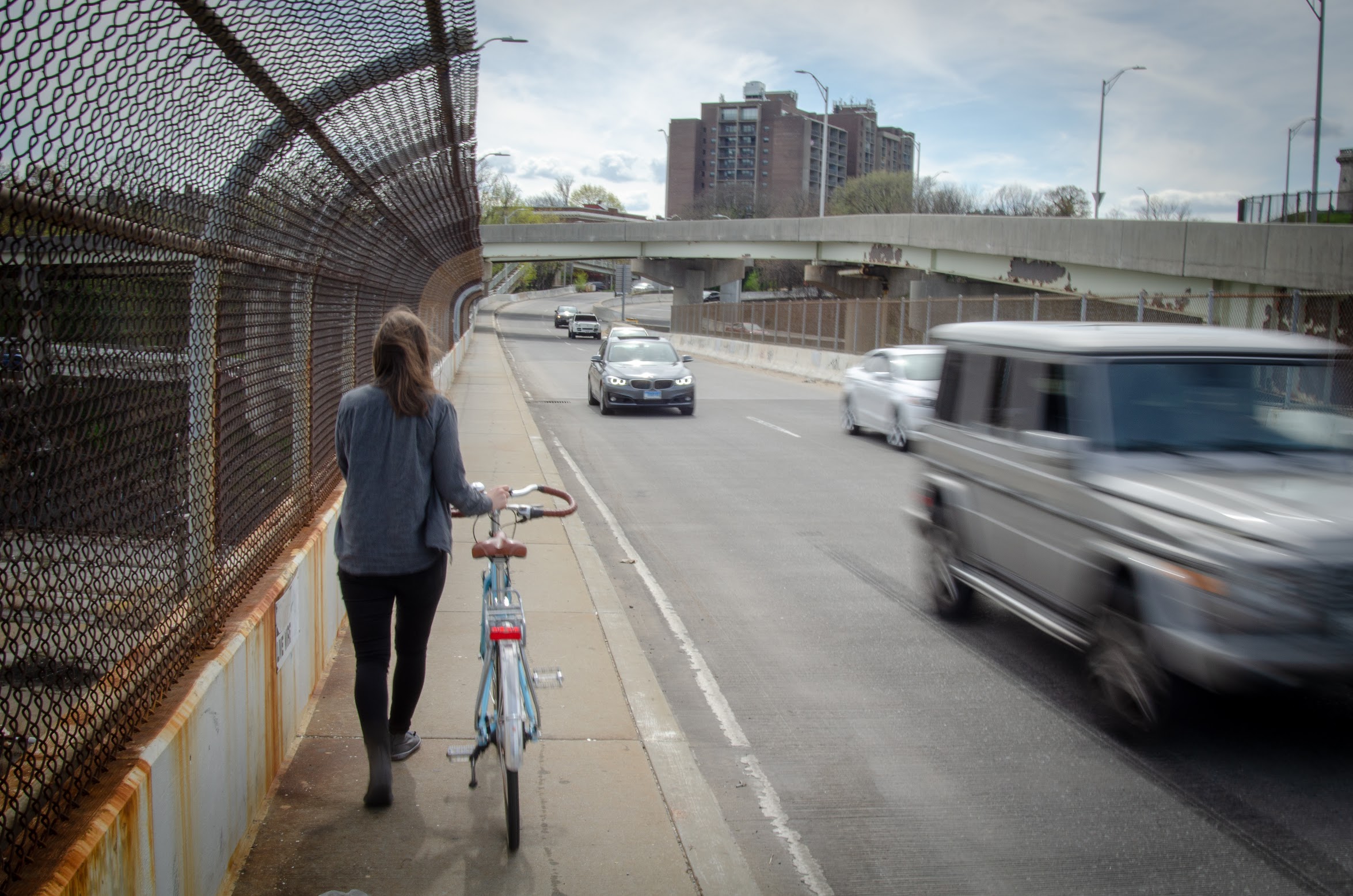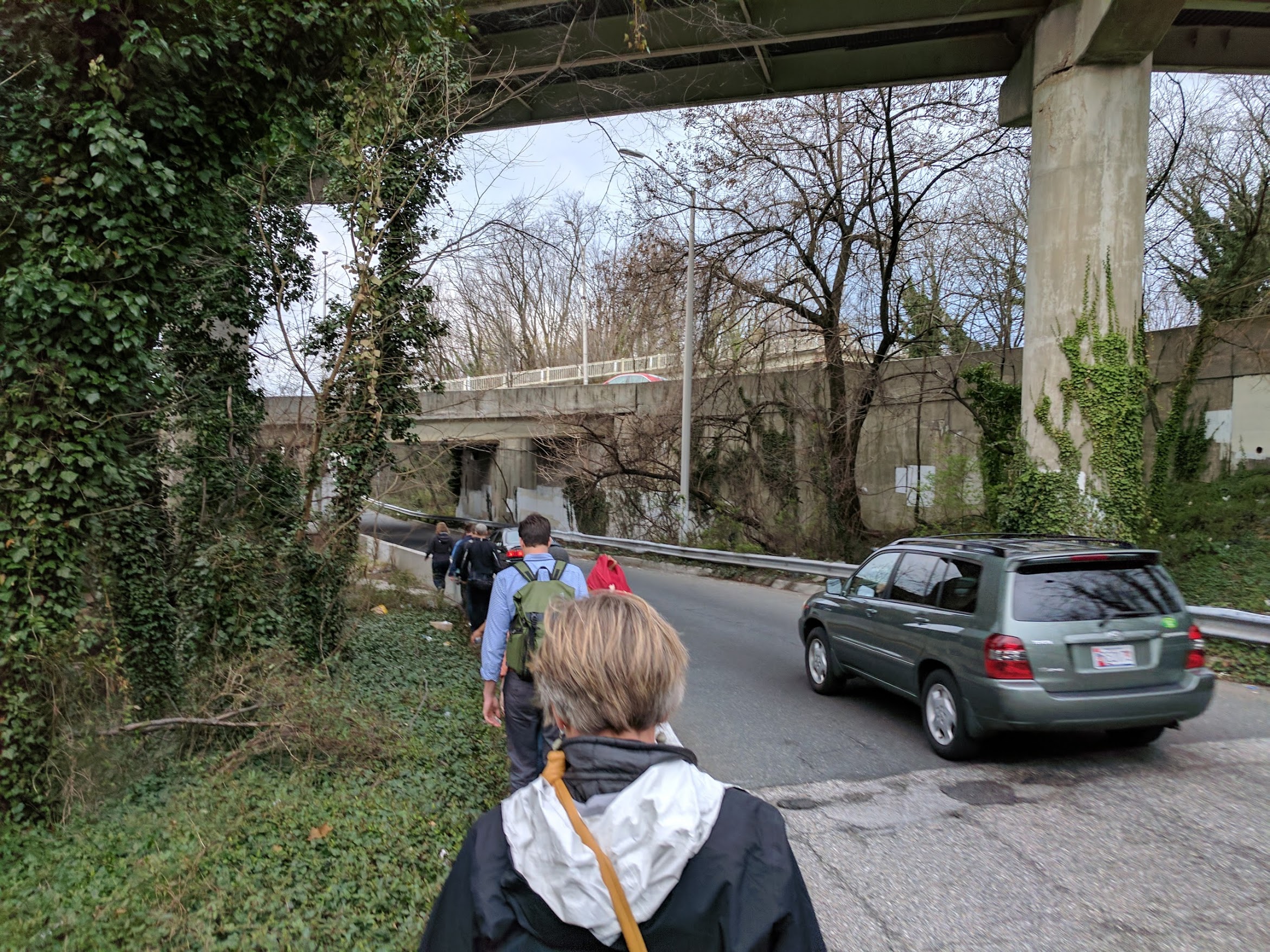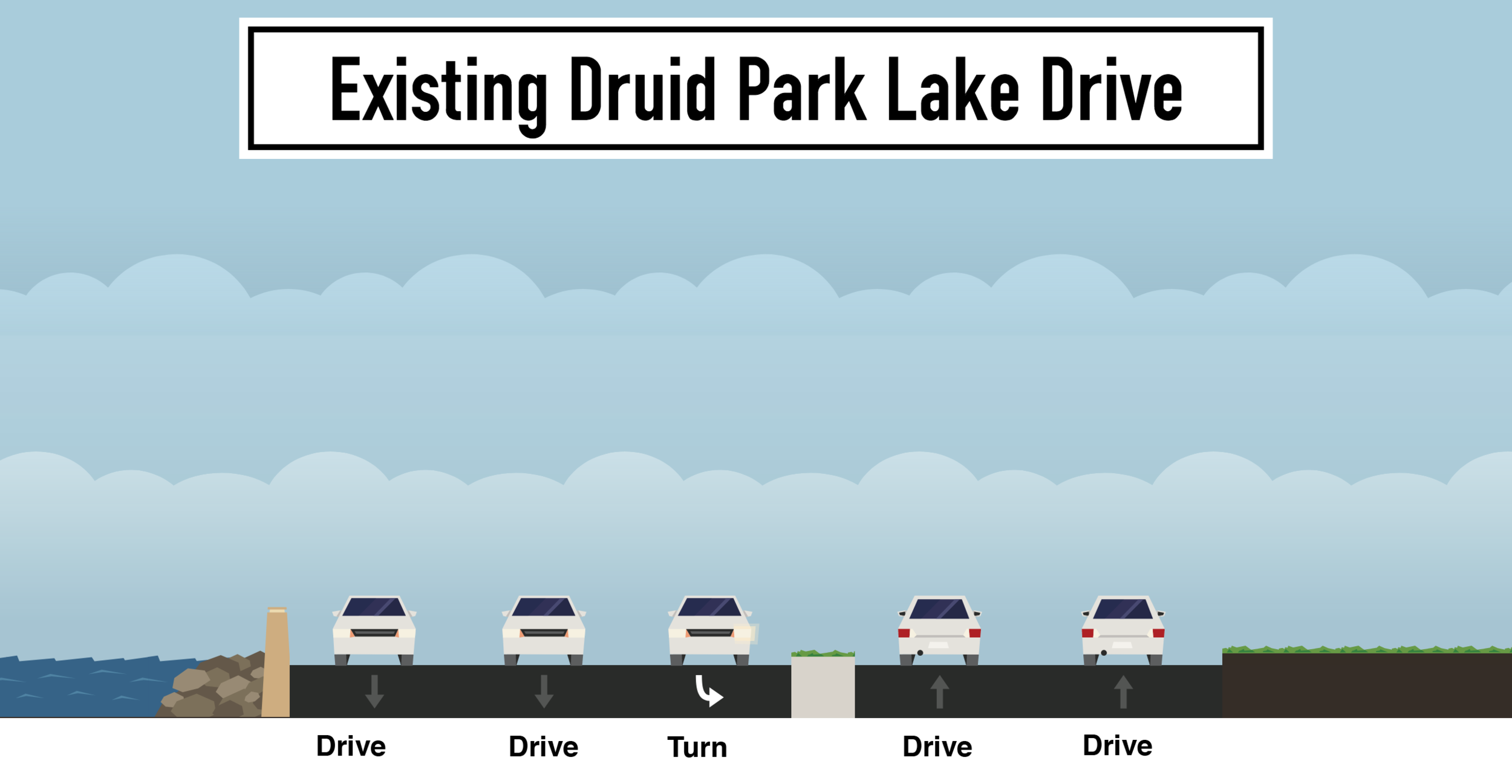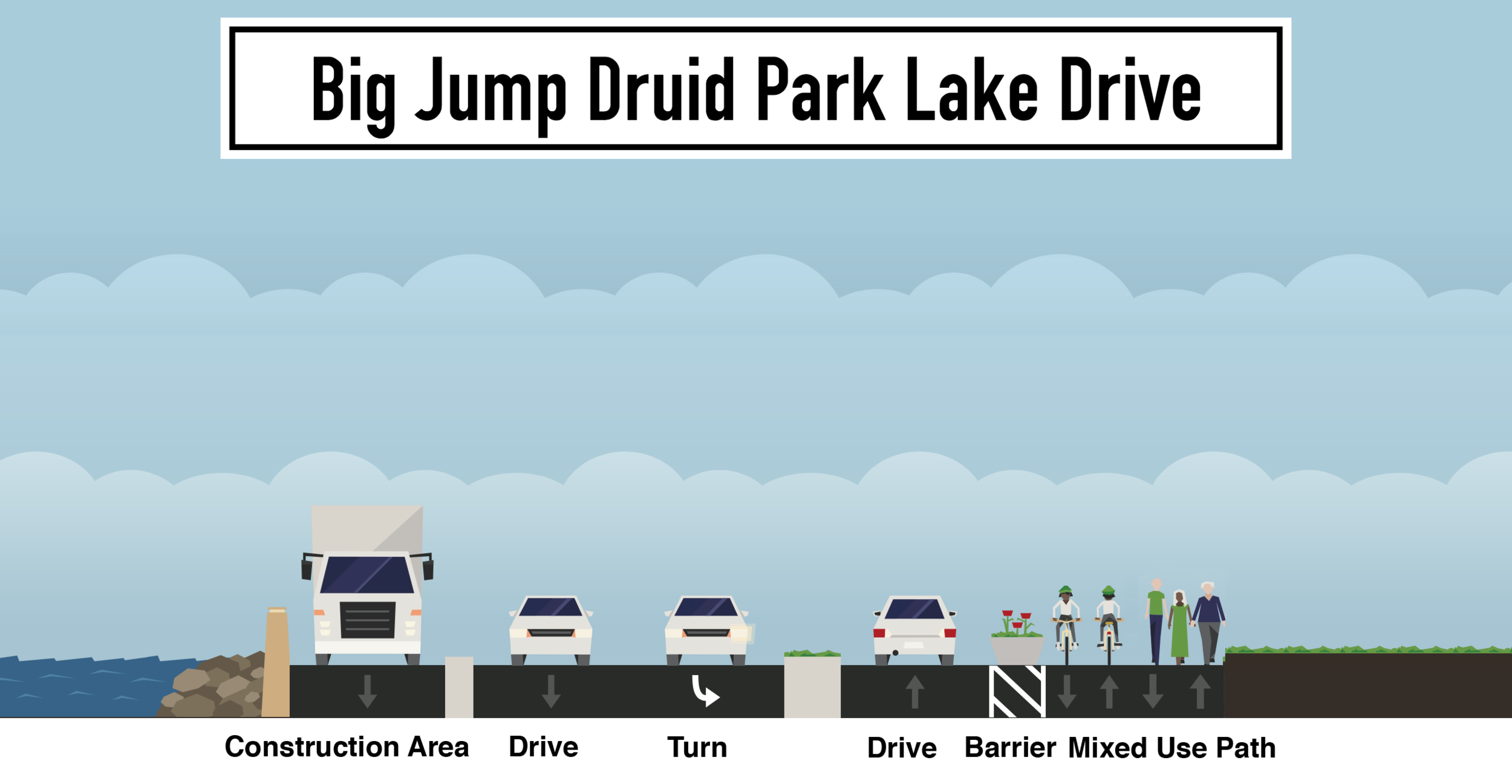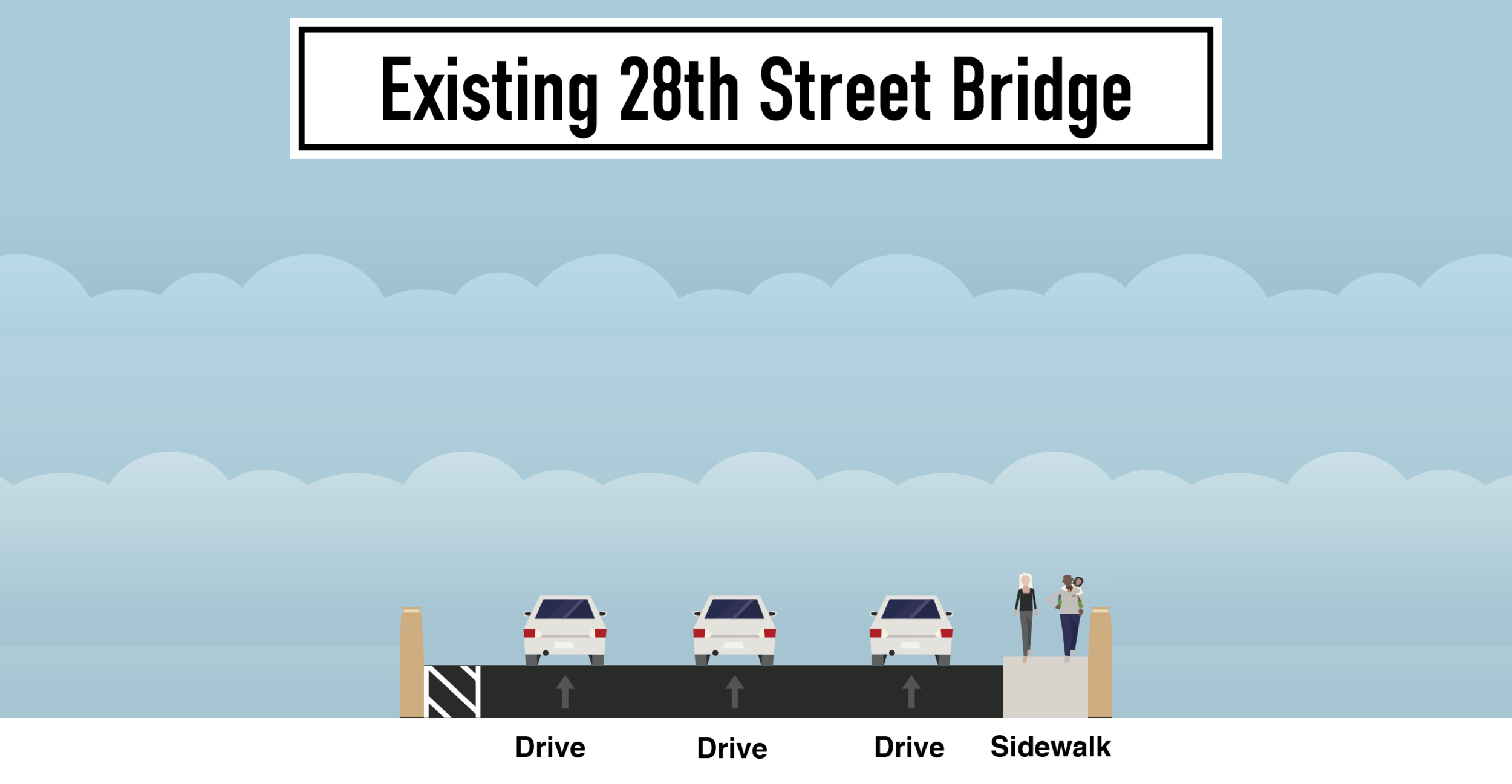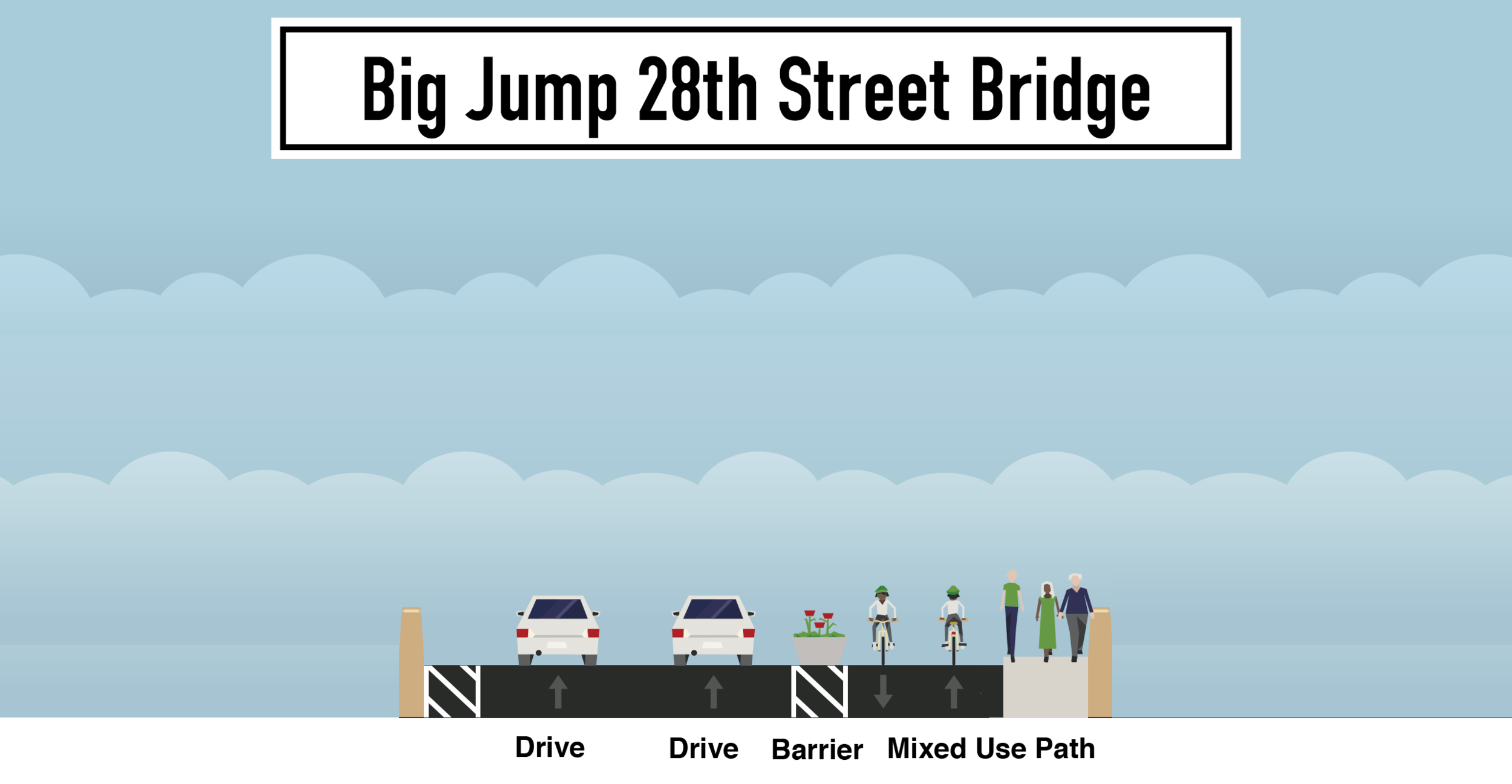#IBikeIVote is designed to help you make the best decision at the ballot box. Voting local is the single most important thing you can do to make Baltimore a more livable city.
For the 2018 Primary Election on June 26th, Bikemore put out a candidate questionnaire to all primary candidates,asking about their priorities and visions for transportation in Baltimore.
40th District Candidates Responding:
Latia Hopkins, 40 Delegate
Brian Murphy, 40 Delegate
Terrell Boston Smith, 40 Delegate
Wesley West, 40 Delegate
Melissa Wells, 40 Delegate
MULTIPLE CHOICE
Maryland’s urbanized areas have limited space on streets, and some modes of transportation must be prioritized over others to make the most of this limited space. Please rank the below modes of transportation in order of importance:
The State of Maryland should incentivize smart growth via infill development, transportation oriented development, and adaptive re-use. Greenfield development should receive no state subsidy, and greenfield developers should pay the full share of any road, septic, stormwater, or sewer upgrades necessary for development.
Historically, regional transportation planning in Maryland has been structurally racist.
The State of Maryland should conduct an equity gap analysis and disparity study of transportation investment over the past 75 years, comparing investment in private automobile travel and public transportation, biking, and walking, including analysis of where these investments were made based on race and income levels.
The Baltimore Metropolitan Council and Baltimore Regional Transportation Board should include racial equity as a main outcome in all regional planning initiatives.
Data shows that expanding roadways induces demand on that roadway, negating the benefits of the roadway expansion. The State of Maryland should stop expanding highways and rural/suburban roadways, and instead divert that money to proven methods of shifting mode away from private automobile use.
The Maryland Transit Administration should immediately conduct an updated regional transit needs assessment and capital needs inventory. The needs identified should be prioritized for full funding, even if it means delaying or canceling planned road expansion projects.
The Maryland Transit Administration should update the 2002 Regional Rail Plan with a new regional transit vision, and projects identified within should be prioritized for full funding, even if it means delaying or canceling planned road expansion projects.
The MARC Growth and Investment Plan, delivering weekend service on all MARC lines, expansion to Wilmington, DE, and high-frequency express service between Baltimore and Washington should be prioritized for full funding, even if it means delaying or canceling planned road expansion projects.
The Maryland Department of Transportation should adopt a progressive Complete Streets approach, mandating all urban and suburban roadways under their control prioritize safety for people walking and biking over throughput for automobiles. These roadways should be retrofitted with ADA accessible sidewalks and low-stress, all-ages bicycle infrastructure, even if that means reducing roadway throughput for private automobiles.
Many zoning codes in urban areas require one parking space per new dwelling unit. This is:
Some cities have removed minimum parking requirements from their zoning code entirely, allowing the market to determine how many spaces of parking are needed in a new building. Local urban jurisdictions in Maryland should remove minimum parking requirements.
Some cities have instituted maximum parking requirements in their zoning codes, capping the amount of parking that can be constructed in a new building. Local urban jurisdictions in Maryland should enact maximum parking requirements in certain zoning areas.
Some cities mandate that the cost of parking be separated from apartment rent. This incentivizes living car free, and lowers the total cost of housing. The State of Maryland should mandate unbundling parking costs from housing.
Some cities require employers that subsidize parking also offer an option for employees to receive that subsidy as a cash payment. The State of Maryland should mandate parking cash-out.
Urban jurisdictions in Maryland should allow taller, denser, or larger buildings in areas they are now prohibited by zoning if that increase results in more affordable housing units.
Urban jurisdictions in Maryland should allow large residences to be split into apartments, increasing density in neighborhoods that were traditionally single family homes.
Speeds are too high on urban streets. In urbanized areas, Maryland should enforce a maximum speed limit of 25 mph on arterial streets, and 20 mph on local streets.
Automated Speed Enforcement Cameras are proven to reduce fatal collisions. These cameras should be able to be used on any street, not just near schools and construction sites.
The Automated Speed Enforcement Camera threshold is too high. Cameras should be able to issue citations for those traveling 5 miles per hour or more over the speed limit.
SHORT ANSWER
Do you use a bicycle for transportation? If so, for what purposes and how often, and what was your last trip by bicycle?
Latia Hopkins: I occasionally use a bicycle for transportation in the Summer months. When using a bicycle it is often for pleasure and running short errands.
Terrell Boston Smith: Yes, I am a member of the Baltimore Bike Share program. The last trip was likely a warm day in late fall/early winter.
Melissa Wells: I do not use a bike for my work commute, as my office is located too far from my home to do so. I believe commuting might be an option with better East-West bike infrastructure in the City, however. I have used a bike for recreational trips located closer to home, and was excited for the BikeShare program before it faltered. I believe that many of the affiliates I advocate for as an organizer for organized labor could have utilized the program, especially as a connector in between other modes of public transit.
Wesley West: Yes, I ride my bike more frequently, but not nearly as much as I would like. I am admittedly a fair weather rider, but I prefer my bike over my car. I can get to work faster on my bike. I take my bike out to enjoy a day out with my family on a good summer day.
Do you use public transportation? If so, for what purpose and how often, and what was your last trip by public transportation?
Latia Hopkins: Yes, I used public transportation between 3 to 4 times a month. I use the light rail to get to BWI when flying out of town as well as to all the Baltimore Orioles games and special event in the Inner Harbor that I attend.
Terrell Boston Smith: Yes, I live in Mt. Vernon and often use the Light Rail or Charm City Circulator. My last trip was sometime last week.
Melissa Wells: I use public transportation services like the Circulator recreationally, and the MARC train or Amtrak when making longer work or recreational commutes outside of Baltimore, when my destination is located reasonably close to a public transit hub. I support stronger investments in public transportation infrastructure, so that we can expand both the reach and the reliability of our public transit modes. I would like to be able to depend more heavily on public transportation for use during my workday.
Wesley West: Yes, the metro subway. sometimes I park and ride the metro subway to avoid the congested rush hour traffic. My last trip was very recent, using the metro subway. I use the public transportation to get to, and from engagements.
Do you agree with the 2015 Baltimore Bicycle Master Plan and 2017 Separated Bike Lane Network Addendum recommendations, and if so, what budgetary or policy commitments would you make to help Baltimore close its 47 lane mile construction deficit and achieve the yearly 17 mile construction milestones?
Latia Hopkins: I agree with the Baltimore Bicycle Master Plan and it's 2017 addendum. Regarding the plan I have always supported the use of bicycles to commute as it reduces our carbon footprint drastically. As State Delegate I will work with MDOT to try to secure funds to close construction deficits not just in Baltimore but in other parts of the state that should be more bicycle friendly.
Terrell Boston Smith: I cannot yet speak on such legislation/policies, but I welcome input from knowledgeable advocates and leaders on the subject.
Melissa Wells: I agree with the plan and its addendum.
Wesley West: Yes, agree with the 2015 Baltimore Bicycle Master Plan and 2017 Separated Bike Lane Network Addendum recommendations. When I am elected I will introduce new legislation that will mandate ranking of pedestrians first, followed by transit riders, bicyclists, automobiles, and parking. My bill will require a design to prioritize people who walk, bike, or take transit over people in private automobiles. What we need to do is to invigorously enforce all of the existing laws that are already in place.
What are the biggest barriers to mode shift (getting people to choose walking, biking, or public transit instead of personal vehicles), and what should Maryland and Baltimore City do to address these impediments?
Latia Hopkins: The biggest barrier is updates to public transportation. I have traveled all over the country for politics and the city I found to be most friendly in regards to public transportation and biking is Minneapolis, Minnesota. In Baltimore we only have one subway line which means that there are no connecting trains to get to other parts of the city. That results in commuters that would have to take the subway and then possibly multiple buses to get to their destination. This is why I was a supporter of the proposed Red Line. While Gov. Hogan scrapped the planned Red Line because of cost he failed to look at the cost savings to the environment through less pollution in the Chesapeake Bay and in the O-zone layer. Maryland should reinstate the planned Red Line and invest in public transportation upgrades rather than to focus on reducing traffic congestion by widening highway lanes (which have shown to be ineffective).
Terrell Boston Smith: I cannot yet speak on such legislation/policies, but I welcome input from knowledgeable advocates and leaders on the subject.
Melissa Wells: Improved reliability and comfort, paired with a cultural change that focuses on getting people to use public transportation as an option of first resort, are the biggest barriers to mode shift. State and local government need to improve the technology interface that users depend on to know whether their bus, etc. is running on time, but infrastructure investments that improve its speed and reach are also incredibly important. A public education campaign aimed entirely at increasing public transportation usage, using both a charismatic message and fact-based narratives about financial savings should also be incorporated.
Wesley West: Data has shown that more people ride bikes when there is dedicated bicycle infrastructure. Dedicated bike infrastructure, I do believe that when we have safe bike lanes, and safer communities that it allows more people to feel comfortable period. I do wholeheartedly believe that if we can lower the high rate of crime, that every system, agenda, organization, business, people, and groups will succeed. I think in Baltimore crime, and the infrastructure is our greatest impediment.
Describe your vision of a healthy, safe, equitable transportation system for Baltimore City and the roles walking, biking, and public transportation play in that vision.
Latia Hopkins: My vision for Baltimore is one in which there are less cars on the street, a better public transportation system, safe lanes for bicyclists and adequate wheelchair ramps for the disabled.
Terrell Boston Smith: Public transportation, including safe and reliable options for biking and walking, is crucial to the development and future of the city. Public transportation is most important investment we can make for creating a stronger economy and vibrant regional economy. It's my vision that public transportation becomes a priority for the city and state and that it becomes a viable options for families to use with efficiency and confidence.
Melissa Wells: I support Ryan Dorsey’s Complete Street’s legislation, and feel that the regulatory package included in his bill is the best context that I can offer as an answer. I believe that as a state legislator, a significant part of my role is increasing the state investment in Baltimore’s infrastructure, using the Complete Streets bill as a guide for how that money should be spent.
Wesley West: Objectively walking, biking, and even public transportation are more healthy ways of moving than driving, both for the individual and those sharing our environment. Fewer people driving cars amounts to less of the inherent safety risks that cars pose. My overall vision is to enable safe access for every user, including pedestrians, bicyclists, motorists and those that use public transportation of all ages and abilities. I want to see our transportation system in Maryland work for everyone no matter what community they live in.
How does transportation fit in your overall plan for a healthy and economically thriving Maryland? Explain your transportation philosophy.
Latia Hopkins: Transportation is key to an economically thriving Maryland. What we find is that when companies are looking to expand into new cities those that are public transportation and bike friendly are given more consideration therefore they end off better economically.
Terrell Boston Smith: Public transportation, including safe and reliable options for biking and walking, is crucial to the development and future of the city. It is the most important investment we can make for creating a stronger economy and vibrant regional economy. I would make the investment a priority in my legislative activities. I would always welcome input from knowledgeable advocates and leaders on the subject.
Melissa Wells: I believe that we cannot be a 21st Century community without 21st Century transportation. Our residents’ collective ability to access jobs, education, healthcare, good and services, etc., is all premised on their ability to utilize fast, reliable, affordable transportation systems. As cities around the country show increasingly by the day, the best way to provide that access is through stronger public transportation options.
Wesley West: My plan is to require the State of Maryland to fund accessible transportation in Baltimore City to surrounding places of employment. *Everyone deserves the opportunity to work, but, if you are able to find a job but cannot get there on time; it is the same as not having a job at all. Transportation facilities and networks have the power to shape development, influence property values, and determine a neighborhood's character and quality of life. In addition, transportation investments have important consequences for the environment, including air and water quality, climate change, and open space preservation. How communities develop in Maryland also affects how convenient and appealing public transportation, bicycling, and walking is for every Marylander.
This candidate survey is run by Bikemore In Action, Bikemore's 501c4 advocacy arm.

























